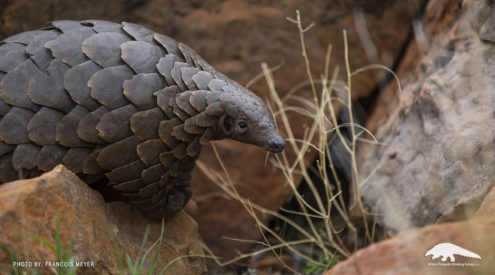We live in a designer universe. It has an awesome symmetry. The biologist Lyall Watson once noted that things in it ‘have a glorious and unsettling tendency to be beautiful – and it isn’t immediately obvious why that should be so.’
It isn’t obvious – in fact there’s something extremely strange about it. According to the Second Law of Thermodynamics*, most systems, left to themselves, tend to become more disorderly. They run down until their bits and pieces are randomly distributed. Eventual chaos is the natural state of things. Life, by definition, reverses this trend, replicating itself. It is orderly – building systems against entropy.
So what’s the issue? Let me start on the beach with its many treasures brought from the deep. I find solace in seashells – most humans do. Their architecture is extraordinary. And as shells go, the queen among them is the chambered nautilus, a living fossil which has eluded extinction for more than 500 million years.
The animal is a type of squid with 94 small tentacles and a natural flair for applied geometry. As it grows, its cells secrete limestone in progressively larger chambers along a curve that forms a perfect logarithmic spiral.
Nothing random here. Every nautilus builds to a ratio of exactly 1:1,618034, which alone among curved lines can be extended to infinity. It has done this to perfection through the Ordovician Period and through a dozen geological ages right to the present without skipping a single decimal point.
Marine coiled forms have been common in Earth’s history, but haven’t had the nautilus’s staying power. Its relatives, the ammonites, are extinct. Spiral forms are common from the Devonian to the Cretaceous periods, but most died out more than 60 million years ago. Watson suggested this was because their pattern was imperfect, not quite corresponding to the curve of perfect growth. It wasn’t the good that died young, but those with bad designs.
If you’re wondering, I’m still getting to the issue. Traditional biology tends to divide the world into the living and the rest. But that distinction has always worried me. The reason is the pervasiveness and persistence of pattern, particularly the spiral. Spirals are the natural curve of uniform growth, always growing but never covering the same ground. They’re the only shape in which one part differs from another in size not shape. They work for shells and sunflowers, millipedes and weather patterns, kudu horns and pinecones and of course DNA, the building blocks of all life.
The visual motif of the spiral is one of the oldest, most enigmatic sacred images and one of the earliest examples of human creative expression, appearing in nearly every society in the ancient world. It has universal appeal and a mysterious resonance – complex yet simple, intriguing and beautiful. It crosses boundaries and defines the elegance of order.
Now here’s a big jump. The billions of stars of the Milky Way are grouped in a slowly rotating, disc-shaped arrangement. According to the laws of entropy, the speeding stars all flying apart should have reduced its shape to a shapeless blur billions of years ago. There should be no pattern to this rotation, no persistent arrangement of stars. But instead our galaxy, like many others, is carefully choreographed. It’s a vast, stable spiral.
So this is the issue. Something is giving our galaxy form, something keeps it going, like the chambered nautilus. Is it chance? The coincidence is too great. The constant of 1:1,618034 is at least five decimal places too precise.
It would be tempting but too easy to explain this as the working of an omnipotent deity. It could be. But there may be a simpler explanation. On Earth the persistence of pattern denotes life and a spiral is one of the most pervasive patterns of living systems that we know. If we apply that thinking to the universe, do we have any reason to believe that the same laws don’t apply? I think not.
A good read on this subject is Dark Nature by Lyall Watson (Sceptre, 1995).
*The law of entropy states that if no energy enters the system it will reduce towards zero. In other words, everything runs down.

















